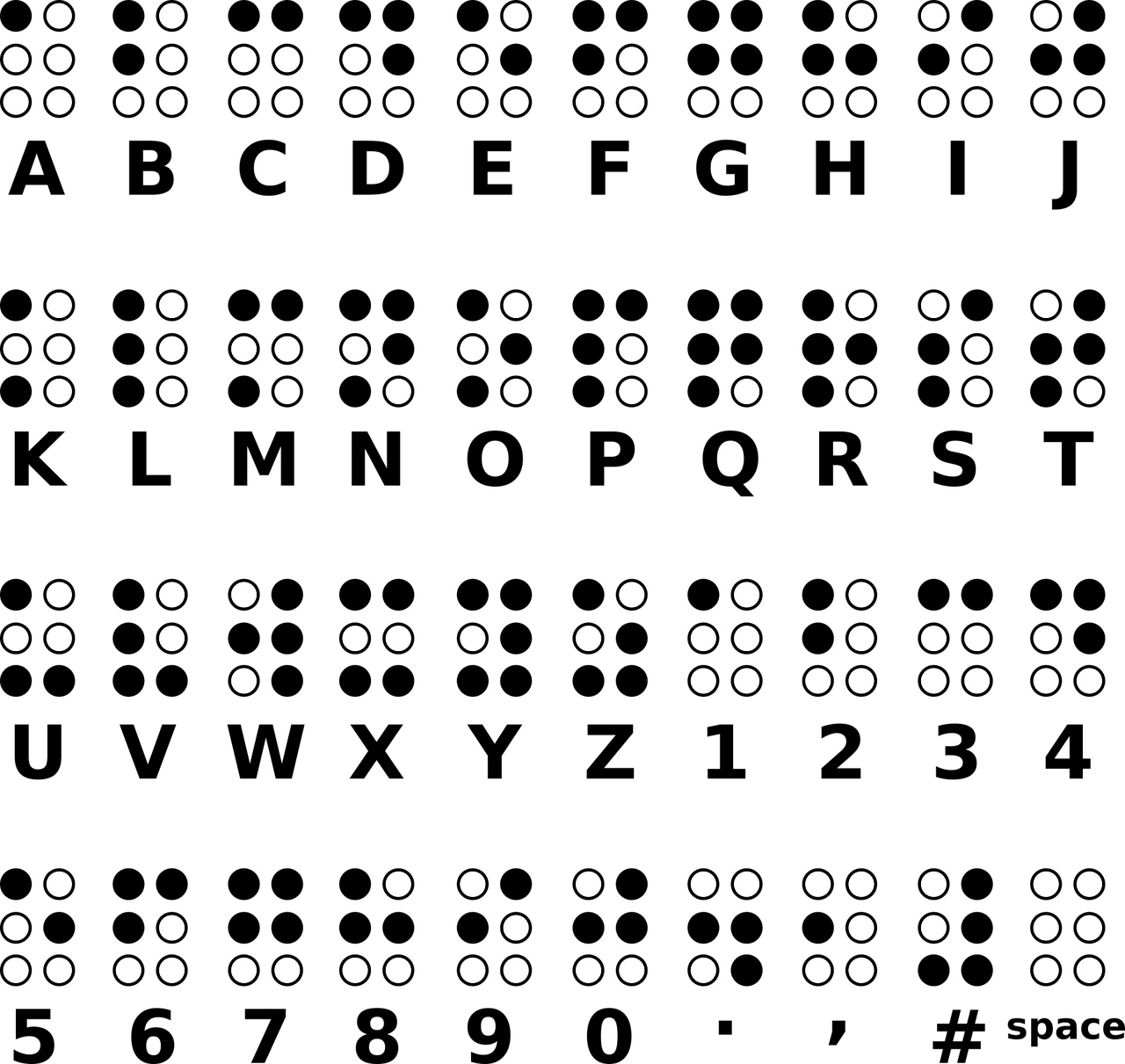What Happens When a Sense is Lost?
You might have heard that when someone loses a sense, like sight, their other senses, like hearing or touch, become stronger. Neuroscientist Alvaro Pascual-Leone and his team studied this idea by working with people who were born blind and also fluent in Braille.
The Research
Pascual-Leone used brain imaging to see if the visual cortex, normally used for sight, activates during Braille reading in people who are blind. Using brain imaging techniques, they found support for their hypothesis because the areas in the brain responsible for touch and the visual cortex, primarily used for seeing, were both active when blind participants read Braille. He even disrupted the visual cortex using transcranial magnetic stimulation (TMS) and saw a decline in the participants’ Braille reading abilities.

Extending the Study
This research led to even more questions. How flexible is the brain in using various brain areas? What if a sighted person is temporarily blinded, so the visual processing area that was regularly used for vision cannot be used—will that area be used for other functions, as we saw with the blind participants?
Curious if the same thing happens in sighted people, participants were blindfolded for 5 days and taught Braille. After 5 days, Pascual-Leone’s team tested the participants on their Braille letter recognition to get a baseline performance level.
Then TMS pulses were directed at the touch area of the brain, which, as expected, led to a huge decline in performance since that’s used for reading Braille. Next, the TMS pulse was directed at the visual processing area, and there was again a large decline in the ability to recognize the Braille letters (though not as great as the effect caused by using TMS on the touch region). After only 5 days of blindness, it seemed that the vision areas were borrowed by the touch system to process a difficult tactile task!
Brain imaging (an fMRI scan) told the same story: both the touch and vision brain regions were activated for the Braille task. After the blindfolds were removed, it took 12 to 24 hours for the participants to return to the pre-blind use of the brain. After full recovery, the visual processing regions were no longer active during the Braille task, though the touch processing regions continued to be active.
What do these studies tell us?
- First, they make it clear that neurons are not specialized for a certain type of processing. The same neuron can process visual information or sound or smell or emotion or any other brain task.
- Second, they tell us that the regions of the brain, each composed of billions of neurons, that are typically used for a particular task, like vision, are capable of processing other types of information. So it is not just individual neurons that are all-purpose processors; neural networks are also flexible.
- Third, this study suggests that the typical organization of the brain (which you will study in this module) is not rigidly fixed by our DNA; the organization can adjust if circumstances require it to do so. When you read about neural “plasticity” in this module, you will have more examples to make this point.
- Finally, this study suggests that your brain is a dynamic system that is constantly adjusting to your needs and goals. The brain is a biological powerhouse that rewires and reorganizes itself in response to your needs and goals, and it will continue to do this throughout your life.